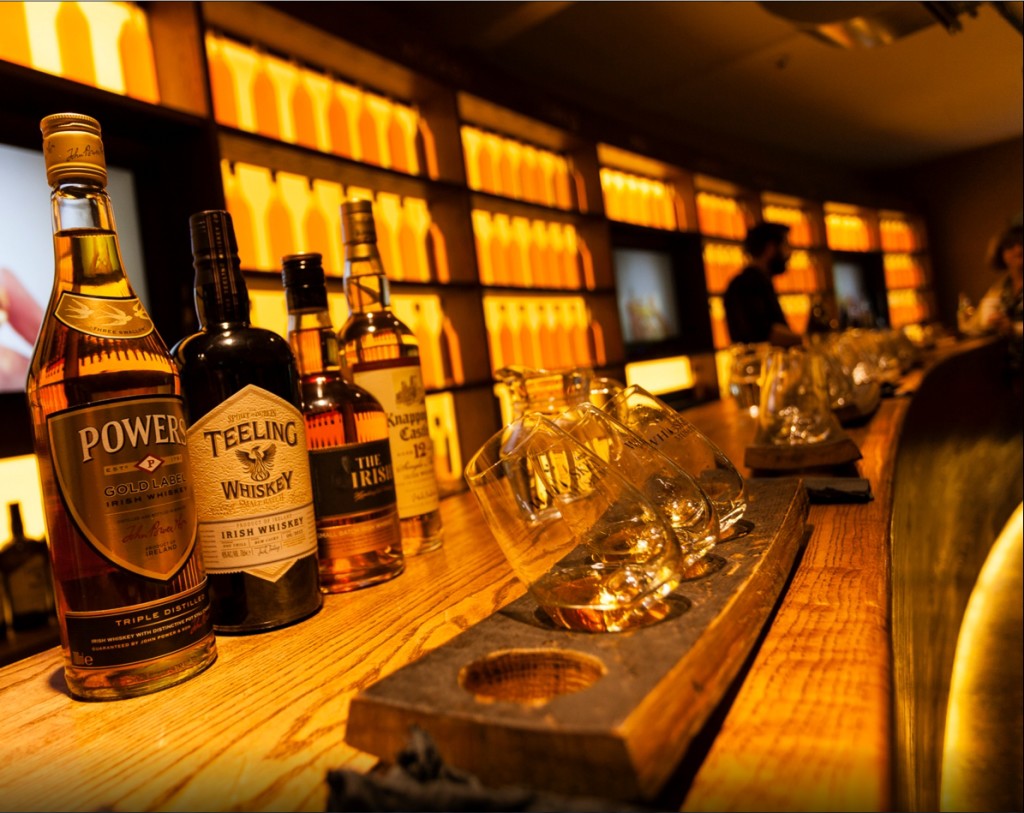The Irish Jewish Museum is a superb and comprehensive showcase of the Jews in Ireland. Situated on the site of an old synagogue, the museum is unusual in that it commemorates a small minority which never numbered any more than 5,000 people at its peak. Presently there are about 1,000 Jews with Irish citizenship living locally, with the group nevertheless concerted in representing themselves and the Semitic culture.
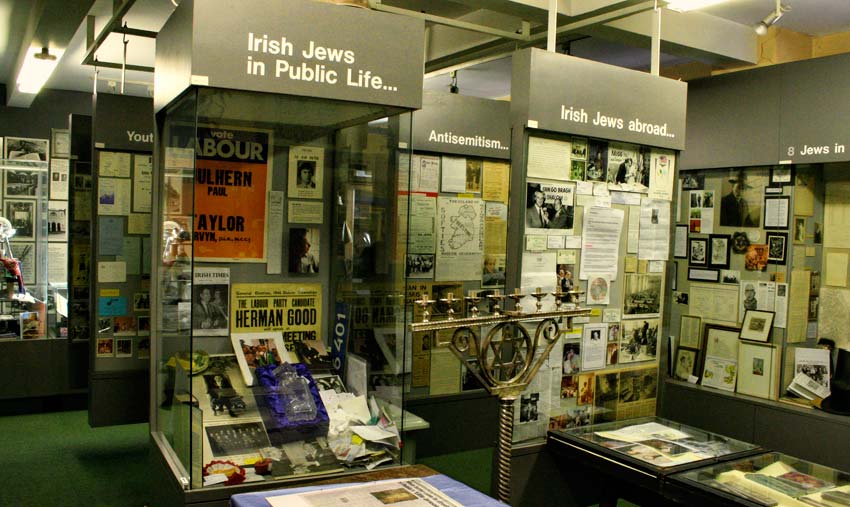
Although most of the little businesses and storefronts the Jewish community presided over have vanished today, the Irish Jewish Museum was founded with the principle of explaining the Jews’ arrival, thriving and functioning in the context of wider Irish society and culture. The aim has been successful; more than 10,000 visitors last year stopped by the museum, and ambitious plans to expand the facilities are currently in the works with fundraising efforts ongoing. Situated on the second floor is a preserved synagogue, with an ornate siddur prayer book one of the highlights.
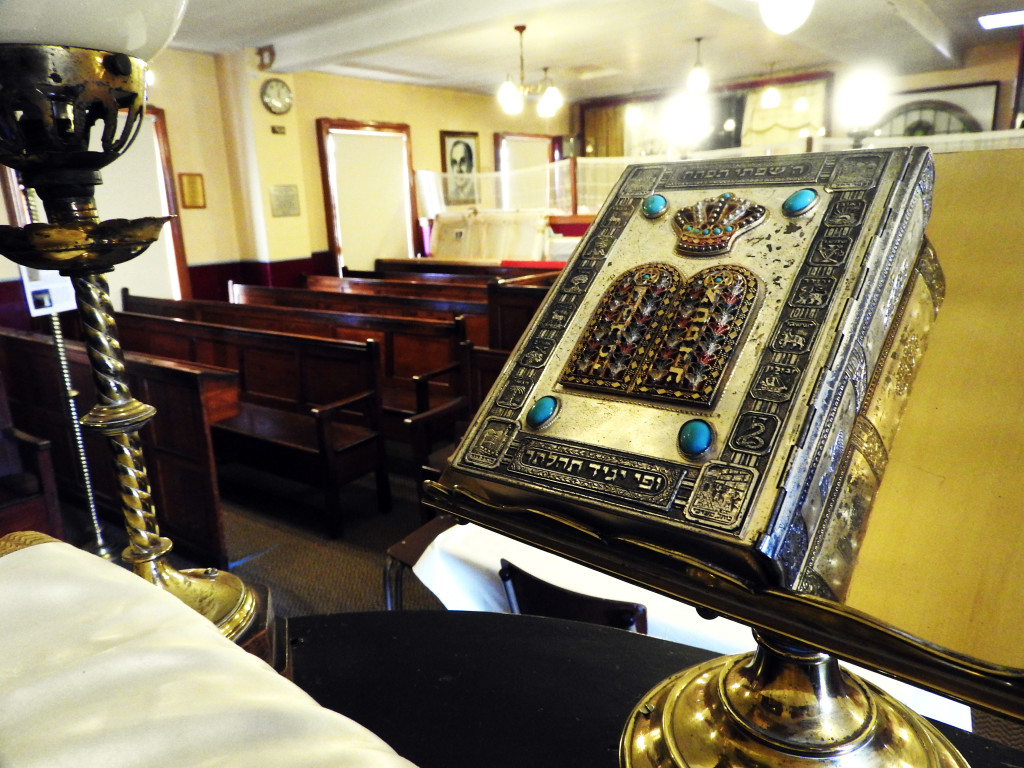
Number Twenty Nine is a genuine and faithful recreation of how Dublin was during the late 18th century. As the name suggests, this ordinary house (hence No. 29) is where Georgian life is honestly reconstructed for the benefit of modern visitors curious about how life was over 200 years ago. How people lived in this era, including their dining habits, food pantry, servant’s quarters, bedrooms and living room parlours, are detailed with numerous items genuinely from the era alongside accurate replicas.
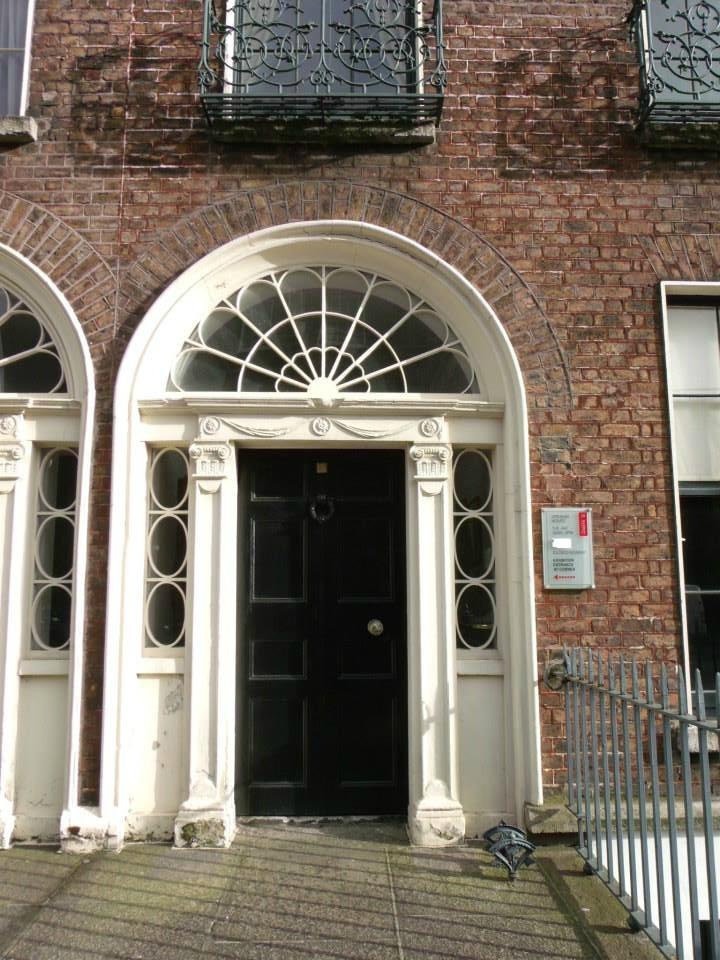
In many ways, the Georgian era was the first in which the emerging middle classes could enjoy a level of luxury previously only reserved for the highest royalty and nobility. The rise of the professions such as law, medicine, business and accountancy gave rise to a market for well-made furnishings, décor and designs, ceramics and glassware, plus a cultured way of living. Number Twenty Nine is eager to demonstrate this emergent culture, which many periods to follow have strove to recapture and imitate.
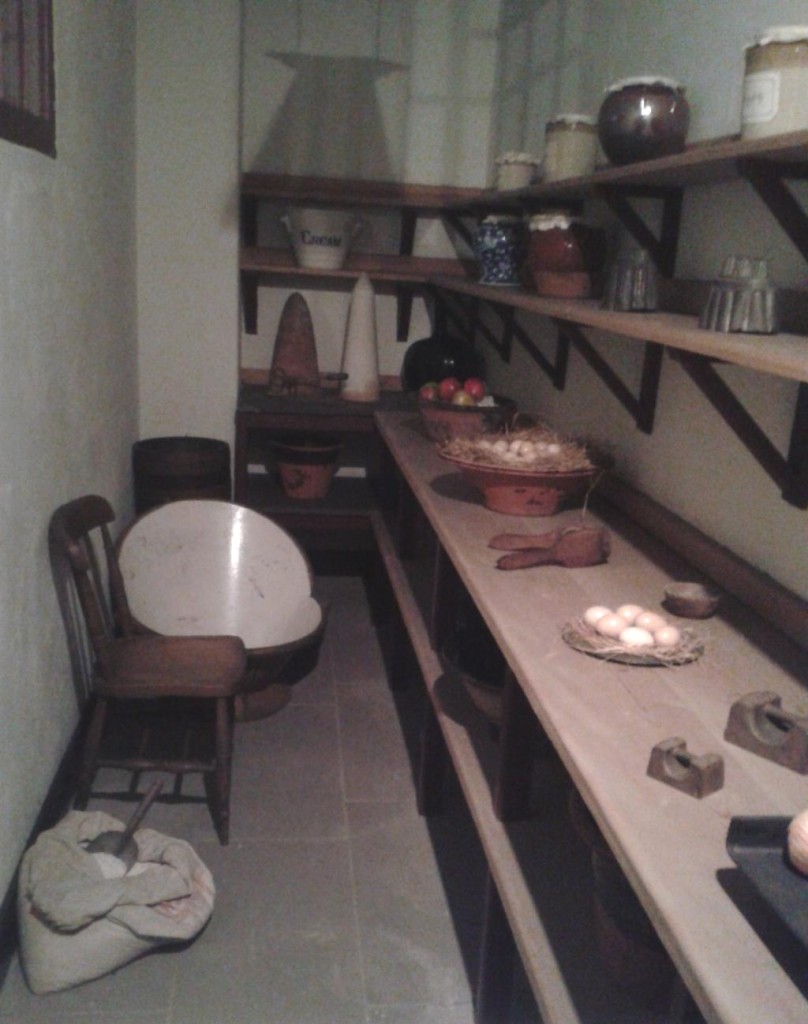
In the National Leprechaun Museum, you’ll enjoy a unique and quirky approach to the old myths of Ireland which to this day accompany the popular image the country has around the world. The museum is somewhat unusual in its approach, using giant tables and chairs during attempts to physically recreate the sometimes mind-bending imaginative somersaults that come with the average age-old myth or fairy tale.
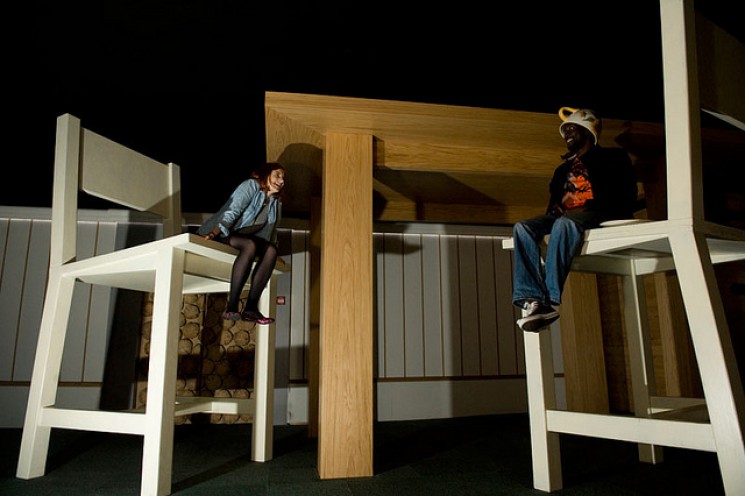
This approach sees two principle tours – one, conducted on Friday and Saturday nights, investigates the dark, twisted and sometimes scary side that Irish storytelling carries. The other, conducted each and every day of the week, looks at the colourful and rather unusual experiences Ireland’s folklore relays, such as the journey upon the rainbow, whereupon a leprechaun is sighted attending a potential crock of gold. The delightfully eccentric combination of living these experiences is helped by the tour guides who evocatively explain the magical tales with eagerness and enthusiasm.
The Pearse Museum in St. Enda’s Park is a vivid portrayal of Irish parkland and plant life. This exquisite little park has waterfalls as part of the river running through its western side, while a beautiful range of trees and old ruins including the watchtower grace its landscape. The park has an impressive history, being the site of a British garrison in the early stages of the war for Irish independence. The area was the site of a school named the Hermitage, which was selected as a fortification for its strength and height offering good views of the locality.

After Ireland gained its independence, the Hermitage was converted into a museum dedicated to the Pearse family who ran what was once a place of education. As well as featuring monuments to Ireland’s natural world, including its flora and fauna, this pretty museum offers insight into how children were educated in the early 20th century, with an audio recording entitled ‘This Man Kept a School’ telling the story of Patrick Pearse’s bold efforts in education.
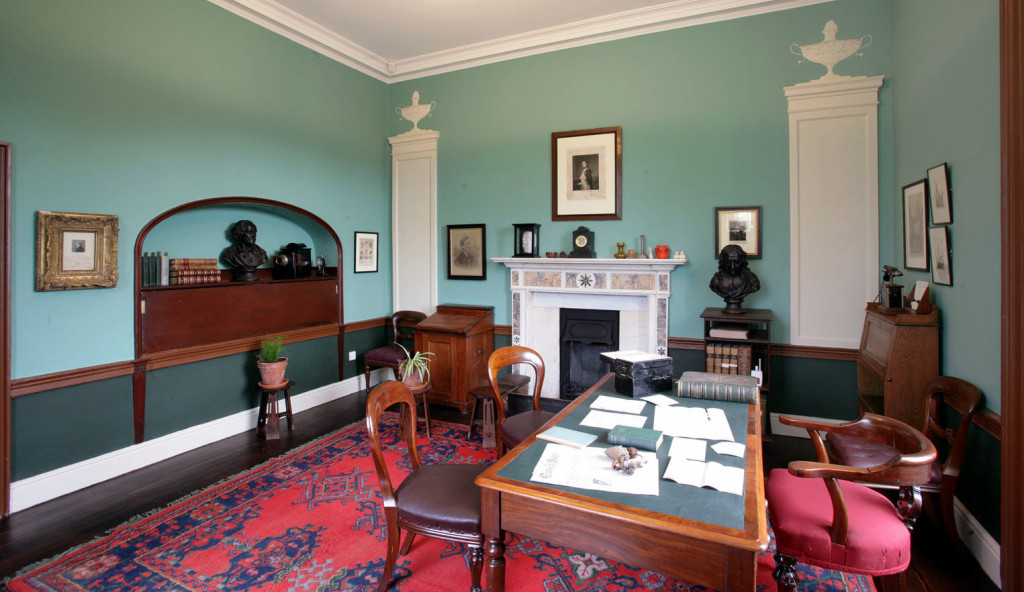
A family trip to Imaginosity (aka the Dublin Children’s Museum) is a sure-fire way to entertain youngsters eager to learn about play through a series of imaginative exhibits. Aimed at kids under 9, the various displays and activities present aim to encourage young children to work together, enjoy themselves and learn a bit along the way. The museum is particularly keen to emphasise expression and art, while the building also features a rooftop playground with an eco-friendly theme.
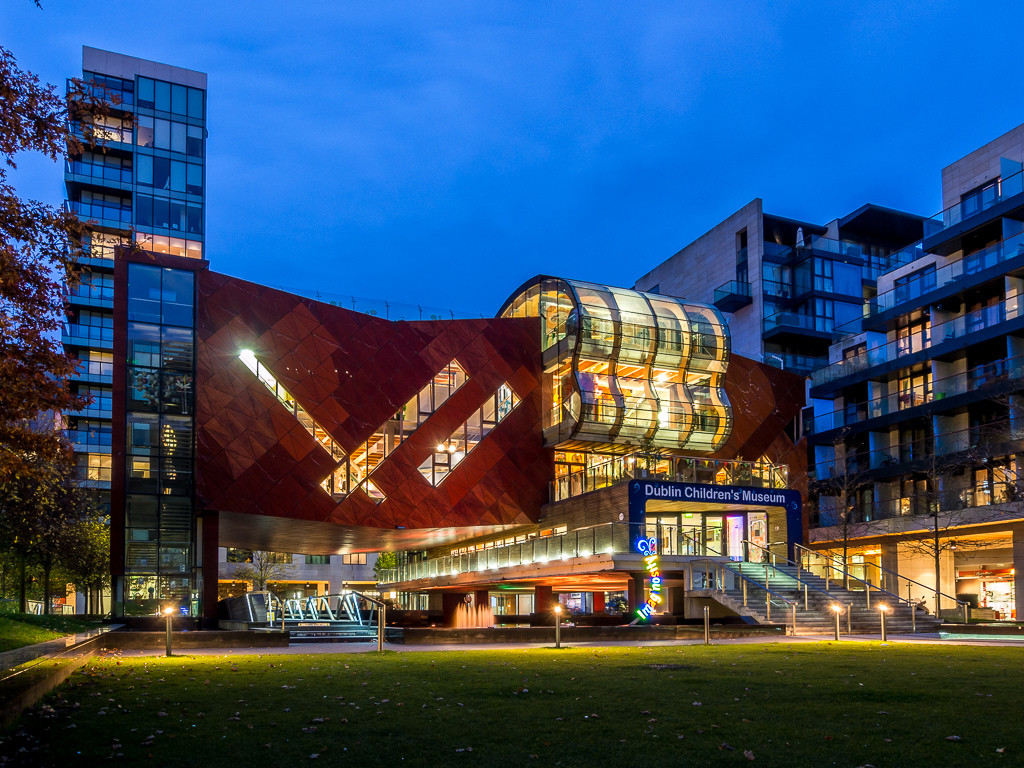
Families with infants and toddlers will be pleased to find a huge range of toys designed to interest the under 3s, while children a bit older can enjoy everything from the theatre which encourage kids to act, and the maths house which has toys to help little ones learn counting. One of the most popular areas is the puppeteer’s room, where dozens of wonderful creatures are recreated as lively, colourful puppets.
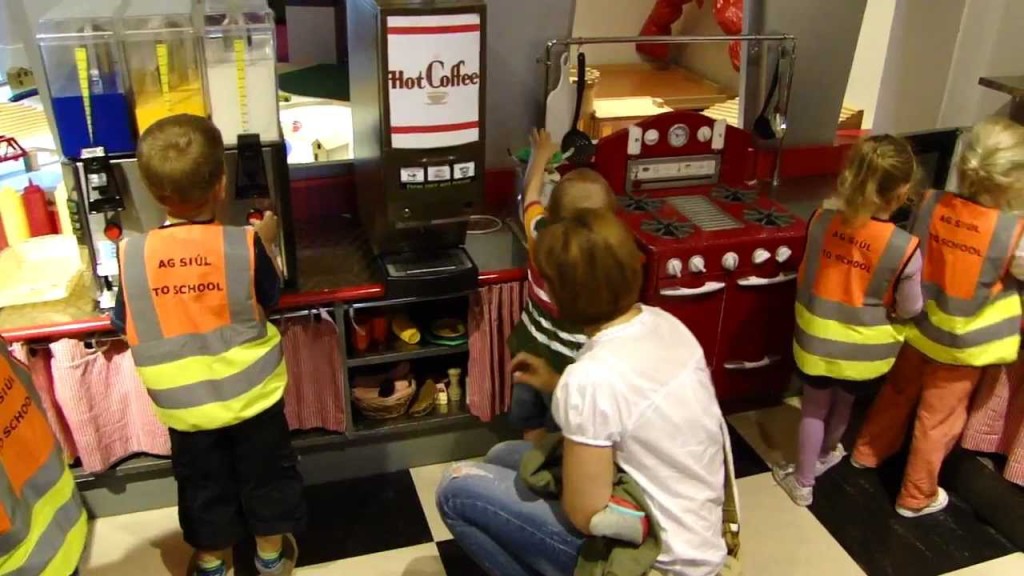
Ireland’s National Print Museum in Dublin gives the age-old print industry a new lease of life in exhibiting the many advances and changes to have happened in printing over centuries. Tracing the earliest appearance of print in Ireland to the presses existing in Renaissance times, the collections of documents and equipment involved in this fine craft are among the most wide-ranging and formidable in the world.
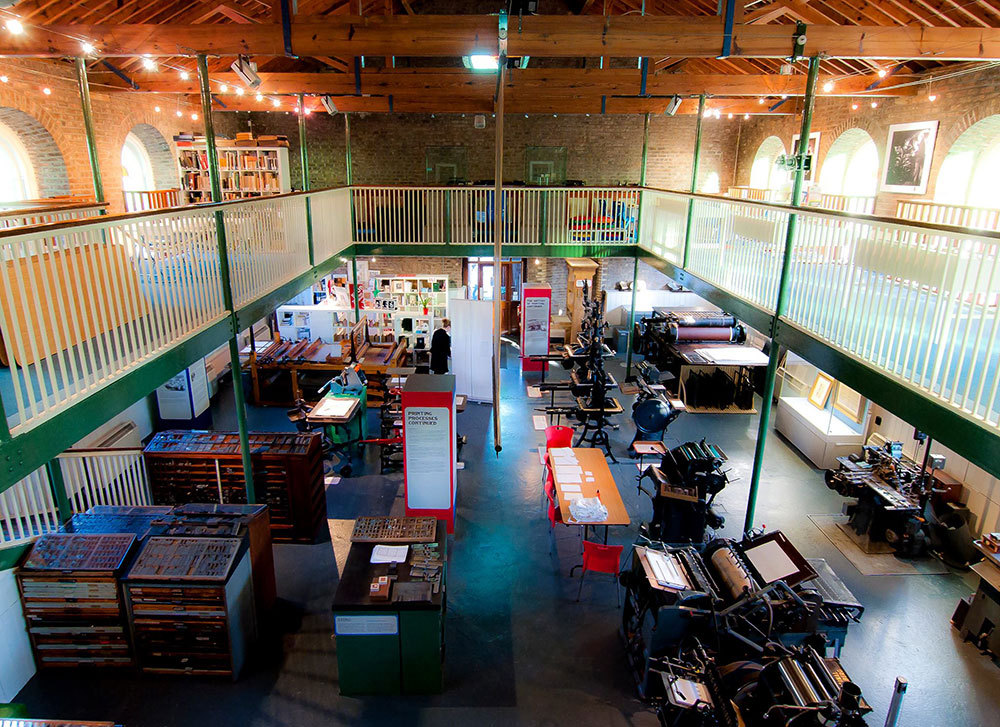
Visitors and enthusiasts of design and print will be thrilled to see the range of printing machines on display, with details about typography and best practices in the printing craft relayed. Some of the equipment is still operational, and is used to educate students of printing in achieving the greatest impact and depth with this valued skill. Also present are exhibitions on the power that good graphic design and print can exude, such as in political and protest posters. Furthermore, the principles of creating good magazine and book cover designs are also investigated.
The National Wax Museum Plus houses an amazing collection of wax sculptures, with everything from wacky cartoon characters to people in modern popular culture, to actual figures in Irish history and art are present. Wax is also used to educate visitors, with accurate models of human organs and inventions displayed in the science-themed part of the venue, while Dublin’s own Bram Stoker is honoured in the Dracula waxwork exhibit. The detail of practical uses wax has other than as a modelling material, such as its presence in early musical recordings, completes the creative variation the museum is renowned for.
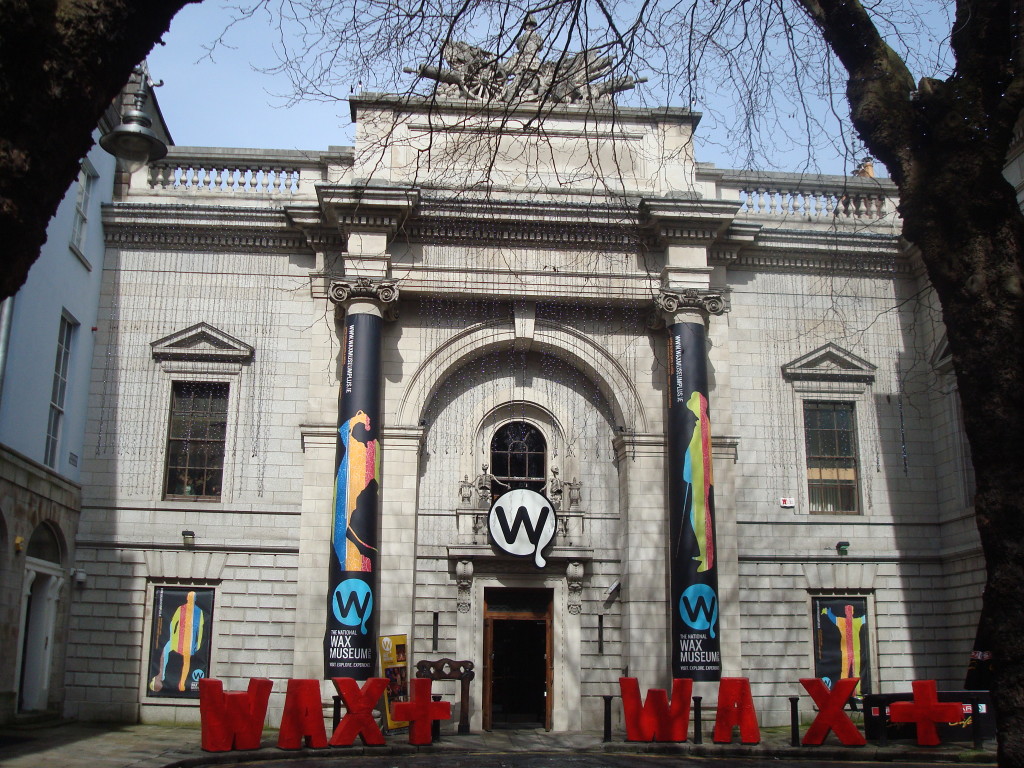
This museum is particularly popular with children, with demonstrations of waxwork making available for group and school visits. Seasonal exhibits are common, with events and new unveilings taking place regularly. The wax displays are open to the public for 362 days of the year, and have proven popular with both locals and tourists with families who particularly enjoy the room stocked with lifelike Star Wars and superhero figures.
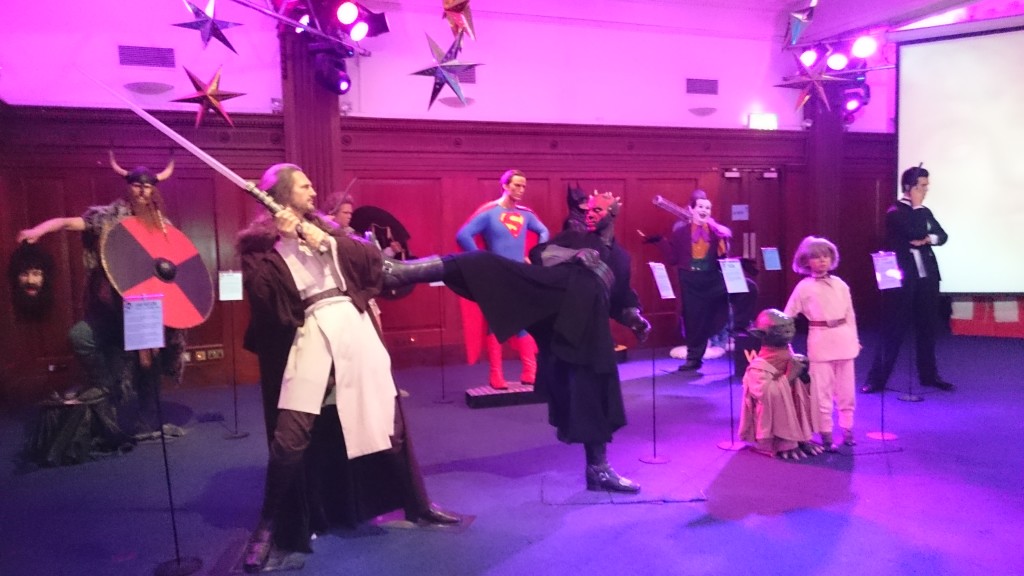
Dublin’s Geological Museum is a splendid structure housed within Trinity College, operated by the Geological Department of the university. Many specimens of ancient animal remains and fossils are present, while details about the mineral qualities on Earth are resplendent throughout the rooms. The applications and importance certain materials carried or carry to human endeavours are expounded upon in detail, with the collection displayed having grown to over 80,000 distinct items over the course of a century.
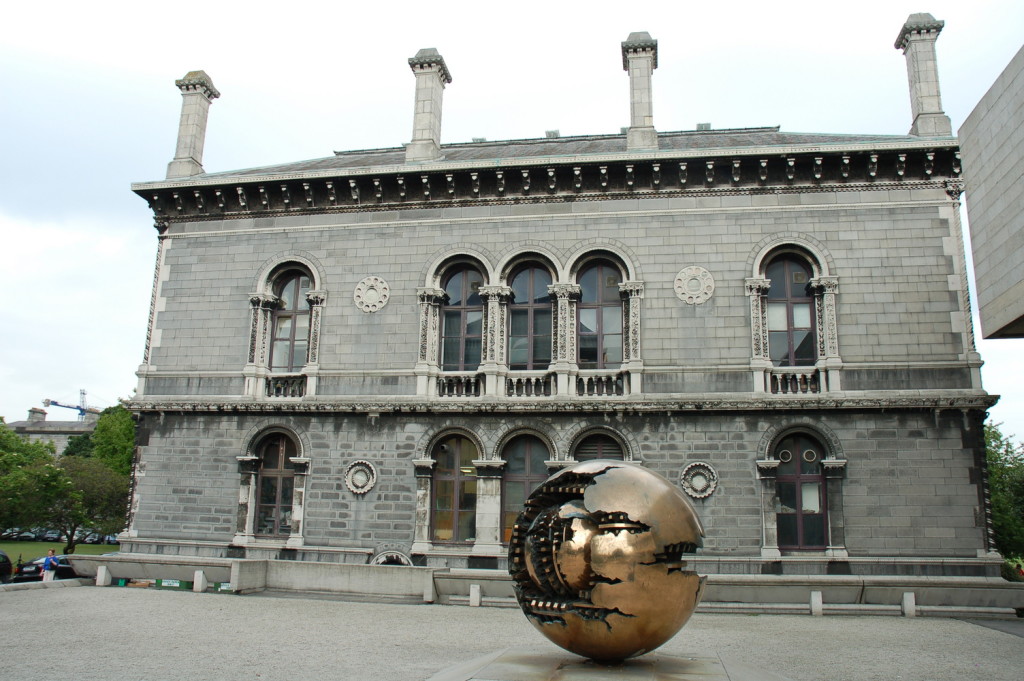
Many of the grander displays present depict creatures native to Ireland, with both examples of beasts extinct ages ago, and animals still present today. The museum has a strong affiliation with the Irish Geological Association whose members enthusiastically understand Ireland’s rocks and soils. The Geological Museum’s vast collection ensures many visitors attend each year, with doors open from 9am to 5pm throughout the weekdays.
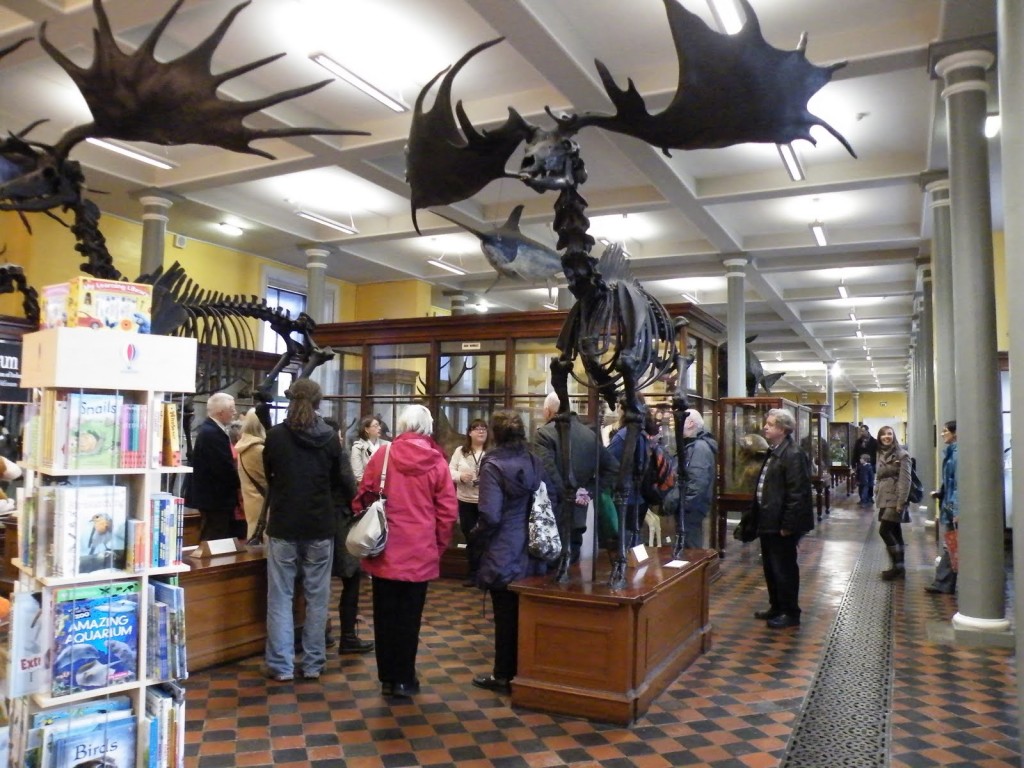
The National Transport Museum of Ireland in Howth near Dublin showcases to visitors an impressive range of vehicles, each serving as an example design from a particular automotive period. The earliest car housed in the museum dates from way back in 1883, to an era predating the internal combustion engine. Many examples of ordinary cars and public transportation buses ridden back in olden times are accompanied by their equivalent emergency vehicles, such as old ambulances and fire engines.
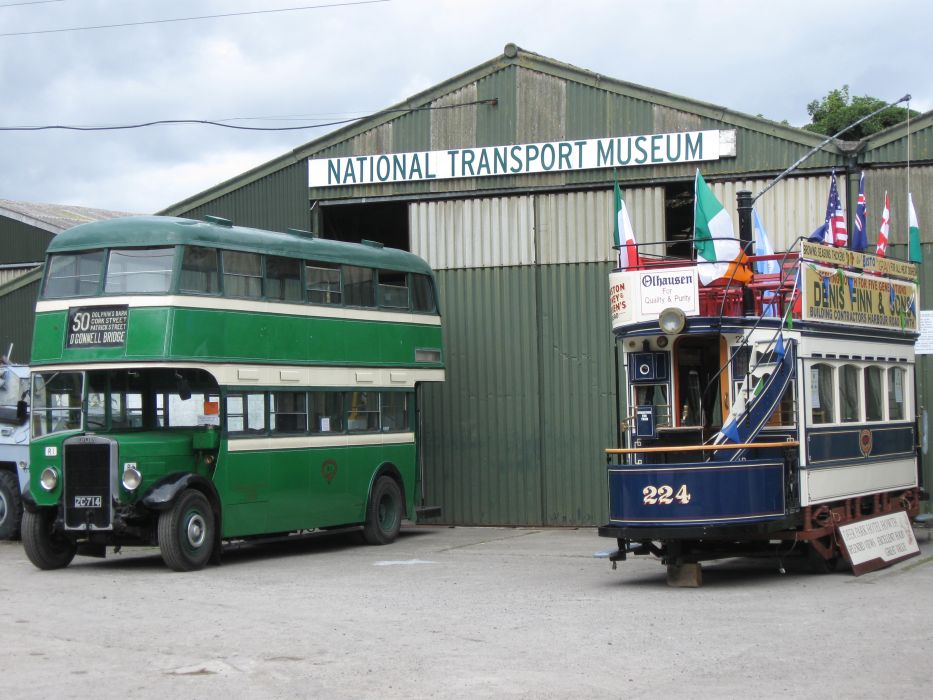
Usually open during the afternoons, the museum’s many old motors are prominently displayed, with a hint of whimsy, in the castle grounds of the old seaside town of Howth. As such it has become a common stopping off point for day trippers who’ve arrived back in town after a day’s walking and their lunch. Unlike many larger museums, the National Transport Museum is run by volunteers who charge only a small fee for entry.
The Irish Whiskey Museum brings the art of whiskey distilling into Dublin with a selection of intuitive exhibits demonstrating the evolution and methodology involved in producing the spirit. While Scotland has become the dominant player in the distilling market, many of the techniques up north used Irish know how carefully honed over generations as whiskey evolved from a foul brew into a refined, delectable product. This is a point the Irish Whiskey Museum keenly emphasizes while noting the endorsements the alcoholic drinks industry have uniformly bestowed upon their establishment.
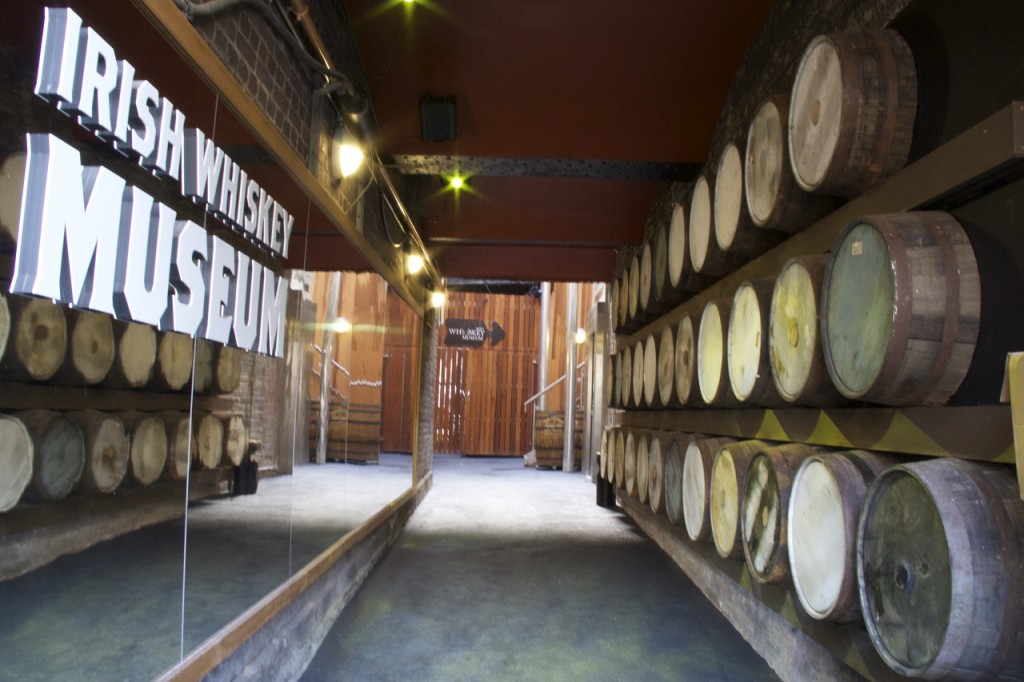
Tours regularly occur throughout the day, with participants invited to sample three differing whiskies each distinct from the other. The sampling process is an avenue for explanation, with the different qualities of the malt and casks imparting subtle notes to each drink. Those wanting to taste a luxury whiskey and take home a souvenir of the museum might elect to upgrade themselves to the VIP status befitting a truly tasteful tippler.
